On Saturday morning, as water bombers droned overhead, I stood on my deck and watered my plants.
I couldn’t see the airplanes, which were obscured by a thick wall of smoke. But I could hear them, along with the heavy machinery building a fire break between our home and a raging wildfire less than four kilometres to the south. It felt strangely mundane to garden amidst what must have resembled the apocalypse.
The evening before, I was headed out for dinner just as my husband and child returned home, biking down our gravel driveway with thunder rolling at their heels. As I kissed them hello and goodbye, lightning flashed overhead.
“Is our house going to burn?” my eight-year-old asked. I assured her that it wouldn’t as I hopped in the car and drove away, sounding more certain than I felt.
By the time I’d reached my dinner destination, the flames were visible from my neighbours’ house. Helicopters began flying overhead. Across the valley, vehicles lined up on country roads to watch fire consume whole trees in one gulp, like some kind of dystopian drive-in.
Is our house going to burn? I asked myself throughout the evening and in the days that followed, haunted by the fact that my daughter is growing up in an age where summer storms come with the distinct possibility of devastating fire.
The province is well on its way to what will likely be the most destructive fire season in recorded history. Authorities are warning that extreme drought, heat and lightning storms are creating intense wildfire conditions that could persist throughout the summer. On Monday, they pleaded with B.C. residents to conserve water and avoid open burning, with a provincewide campfire ban issued for everywhere except Haida Gwaii.
The drought is coupled with what B.C. Wildfire Service provincial operations director Cliff Chapman described as “a significant lightning event” that went through the province over the past four days and is expected to continue today and Wednesday. The thunderstorms are dropping “little to no rain,” Chapman said.
The Powers Creek fire, located near me just south of Smithers, was only one of roughly 200 lightning-caused wildfires that started over the weekend. In total, the province saw 244 new fires over three days, according to the Wildfire Service. They were largely within the Prince George and northwest fire centres, in B.C.’s north-central Interior.
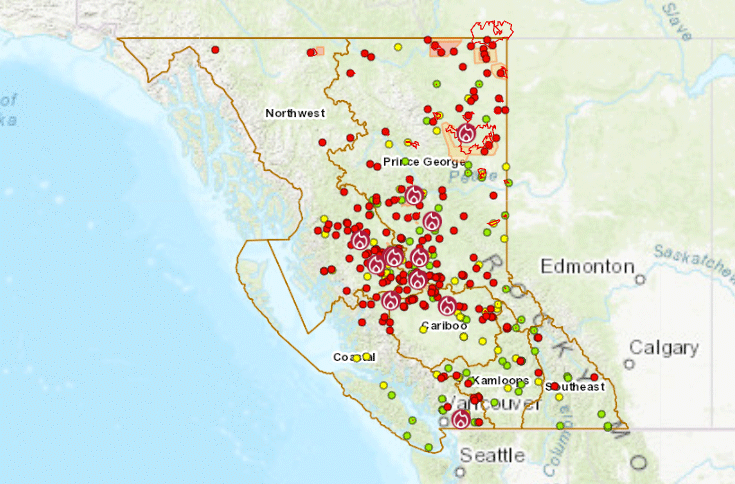
In a media briefing Monday, it was a relief to hear B.C.’s new Minister of Emergency Management and Climate Readiness Bowinn Ma say the words that had been on my mind all weekend.
“I think what’s clear to me is that the climate crisis is here. It is here today. It is no longer something that we can afford to talk about as though it is something that is far off in the future, for our children and our grandchildren to deal with,” Ma said.
Chapman compared the current conditions to 2017, one of B.C.’s worst wildfire seasons, when 1.2 million hectares of forest burned. It was topped only by 2018, when 1.3 million hectares burned.
Chapman said that, over roughly the same time period that year, there were 190 new fire starts — nearly 25 per cent fewer than this past weekend.
“Those starts really drove the next two and a half months,” he said. “All indications are that we will be fighting these fires, as well as additional starts we may pick up in the next few days, and obviously the next few weeks, for the remainder of this summer.”
Already this year, almost a thousand wildfires have burned over 1.1 million hectares in B.C. The Donnie Creek fire in the northeast — the largest in B.C.’s history — accounts for roughly half that.
The weather system that moved through Smithers on Friday evening continued east, sparking fires as it went. At about 8 p.m., resident Hilda Lewis spotted a fire burning near her home just east of Burns Lake. She reported it to the wildfire service.
The next morning, planes and helicopters circled overhead, dropping water and fire retardant to slow the fire’s spread.
“Then it was just like a war zone here,” Lewis said over the phone Monday, as crews laid hoses across her lawn and set sprinkler systems up around her home. The house is within an evacuation alert and she has moved into her camper, staying with her daughter. Her husband has stayed home to keep watch, she said.
The Tintagel fire took off Saturday, growing rapidly from a few hectares to 250. From Lewis’s home, where ashes rained down, she could see the flames. At one point, the fire appeared to take a run toward their home.
It was quickly deemed a “fire of note,” one that “is highly visible or poses a potential threat to public safety,” according to the wildfire service. By Monday, it was 350 hectares. It’s joined by several other wildfires of note in the area, including the Sheridan Creek fire, about 10 kilometres to the east, which was 275 hectares on Monday. Both are within a kilometre or two of Highway 16.
Tatin Lake and Tsah Creek fires, located to the southeast near Fraser Lake, are collectively more than 300 hectares while Parrot Lookout fire, to the southwest, is estimated at 2,000 hectares. The province currently has 13 fires of note, all but one of them in the central or northern Interior.
Only the Davis Lake fire, the one fire in the south near Mission, is believed to be human caused. All others were caused by lightning.
In the far north, the province declared a state of emergency for the Stikine Region, where the Little Blue River wildfire continues to burn out of control just south of the Yukon border. Sparked on Thursday by a lightning strike, on Monday it was 30,000 hectares in size.
Most fires of note have triggered evacuation orders or alerts. The Regional District of Bulkley-Nechako issued five evacuation orders and seven alerts over the weekend.
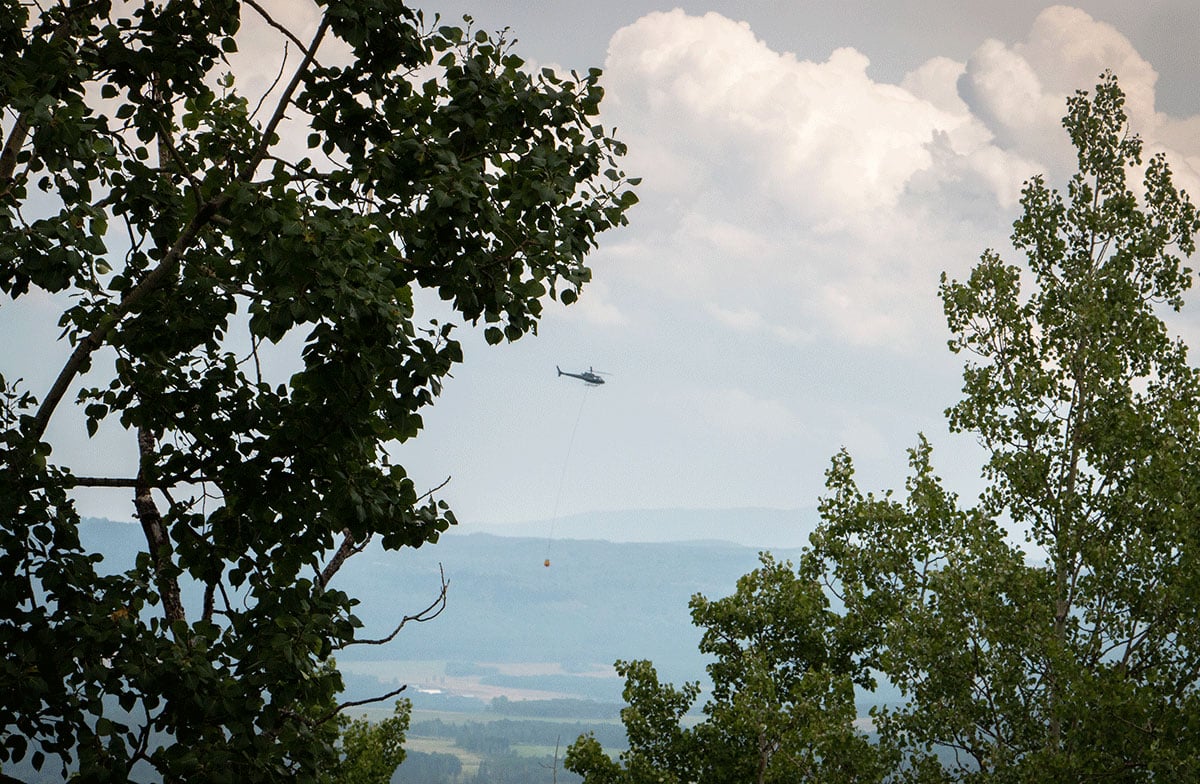
Our text arrived shortly before midnight on Friday.
While neighbours just south of us were being evacuated, we were put on alert. As our daughter slept, we packed clothing, food and camping gear, stacking it by the door.
The morning brought the water bombers, amphibious airtankers that worked all day, five in succession, doing a rotation that involved skimming water from a nearby lake and returning to dump it on the fire, by then larger than 20 hectares.
I dumped water on my tomato plants and undertook the other menial tasks one might tackle if considering an impromptu vacation.
Then I made cupcakes. Added eggs to the grocery list. Texted with neighbours.
What do you do once you’re packed, we all wondered — just wait?
We waited. The drone of the television upstairs echoed the drone of airplanes overhead.
I felt strangely calm. If my daughter’s generation was born into this reality, gen X has been preparing for it much of our lives.
But I also felt sad and angry.
The sadness hit the first night, while I was across the valley, watching fire consume forests so close to my home. The anger followed. Anger that we’ve known about this eventuality for decades and done so little about it.
B.C. is seeing more extreme weather events, Ma said at Monday’s media briefing. We’re seeing hotter temperatures, drier conditions and more wildfires. We’re seeing more flooding and, in winter, less stable avalanche conditions.
“We’ll be on the leading edge of unprecedented situations that we will have to face,” Ma said.
That’s taxing our emergency response resources and putting a strain on firefighting crews, the province said.
While as many resources as possible have been sent north, enough equipment needs to remain in each of B.C.’s five fire centres to be prepared for additional fires, Chapman said. Crews from Mexico and the U.S. have been sent to the Prince George Fire Centre, he added.
With an early start to the fire season this year, firefighter fatigue is also a concern. “I won’t lie. It’s a difficult job,” Chapman said.
Ma noted the impact on communities. “It is immensely stressful living day-to-day with smoke, or being near a fire, or being on an evacuation alert or order.”
As the weekend wore on, the uncertainty we felt Saturday south of Smithers gave way to cautious optimism. The aggressive flames seen at the Powers Creek fire disappeared into a haze of smoke with repeated circuits of waterbombing.
Thunderstorms that continued to roll through the region, dropping rain but also bringing lightning and high winds, likely helped put a damper on the fire. But they also created new problems: Over a 24-hour period this weekend, 10 new fire starts were reported within 25 kilometres of our house. They have all remained small, with several now held or under control.
By Monday afternoon, the sound of airplanes was replaced by thunder and a soft rain on our tin roof. A lone helicopter continued to shuttle buckets of water from a nearby lake, dumping them on the fire, which appeared all but out.
By Monday evening, it was downgraded from “out of control” to “being held.” Others, like the large fires near Burns Lake, continue to burn out of control.
I don’t think my house is going to burn. Not this week, anyway. Likely not this summer. I hope my daughter — who the other day declared winter her favourite season — doesn’t spend every wildfire season asking herself if it might. ![]()
Read more: Environment


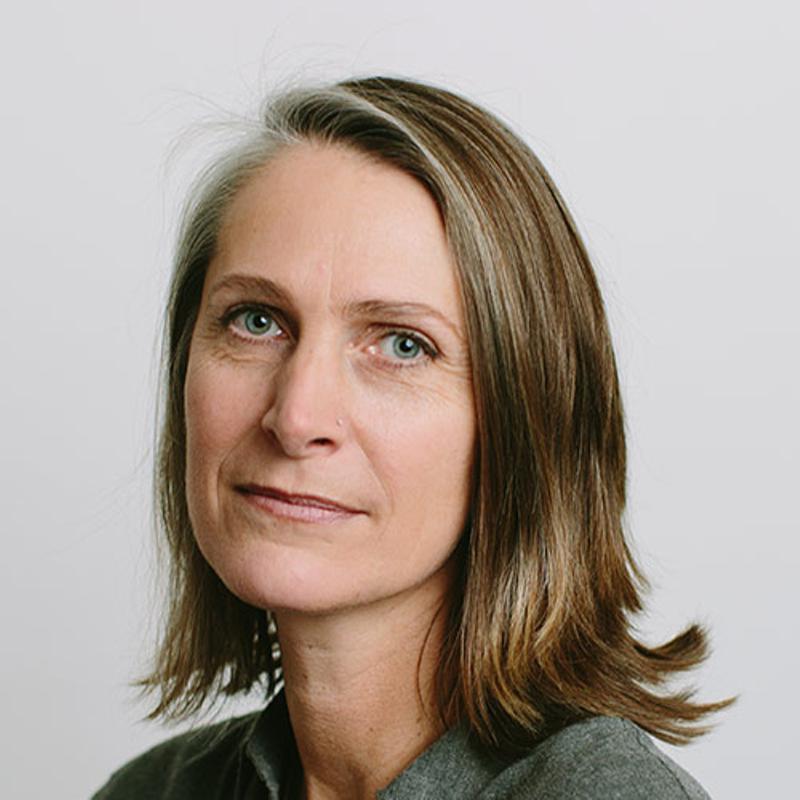

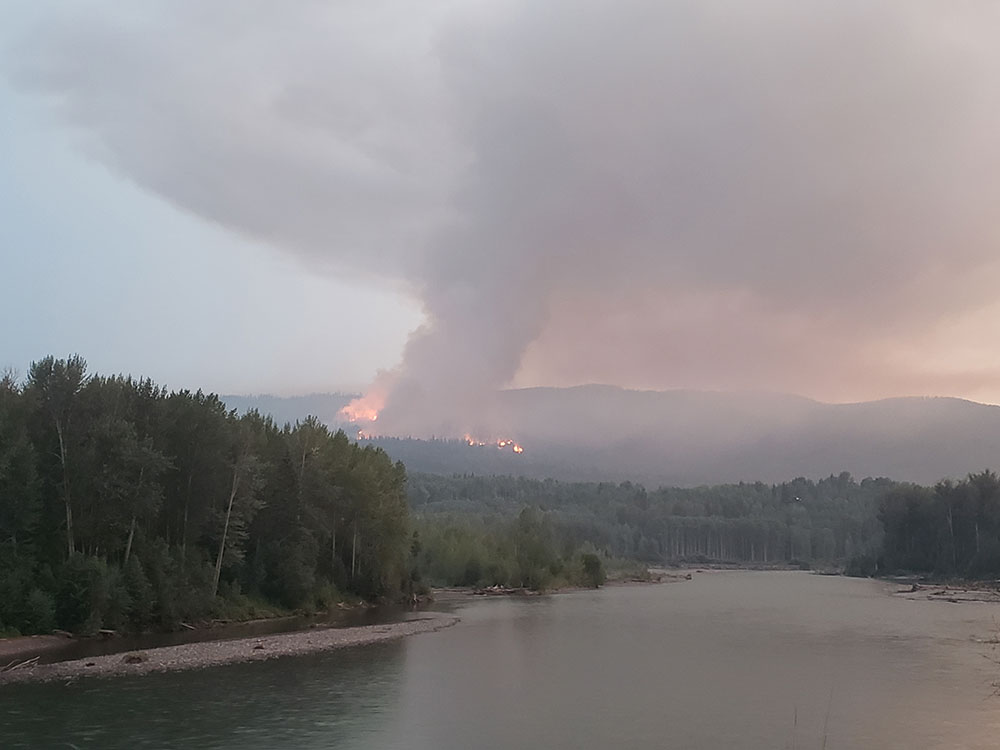





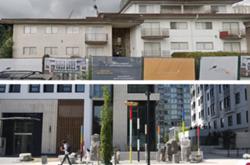






Tyee Commenting Guidelines
Comments that violate guidelines risk being deleted, and violations may result in a temporary or permanent user ban. Maintain the spirit of good conversation to stay in the discussion and be patient with moderators. Comments are reviewed regularly but not in real time.
Do:
Do not: